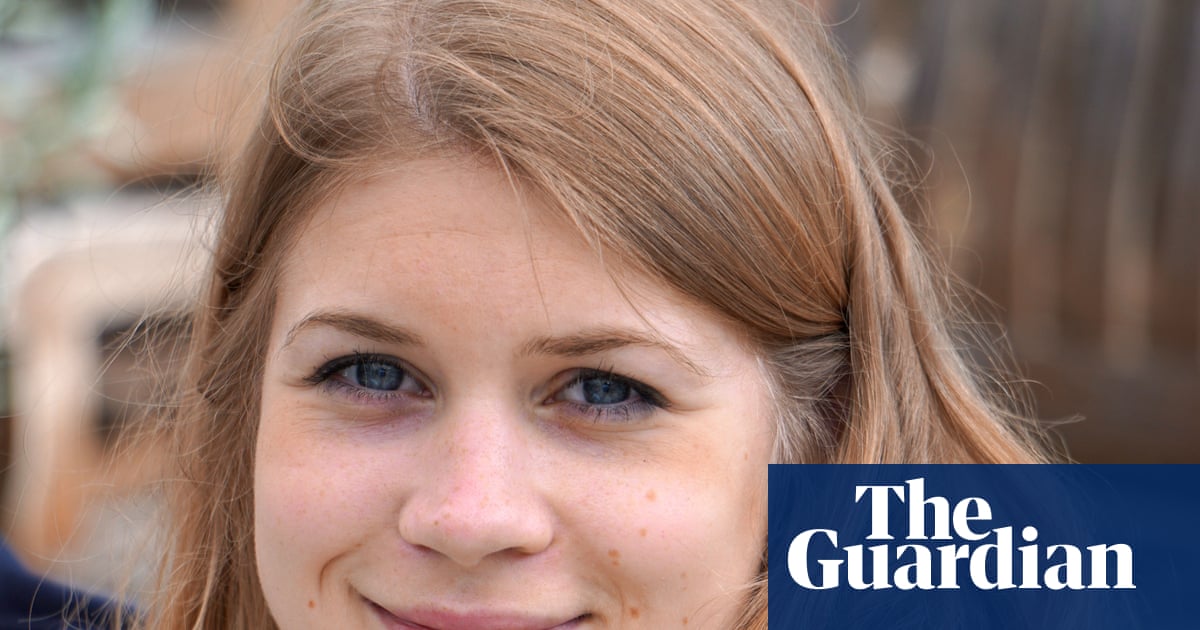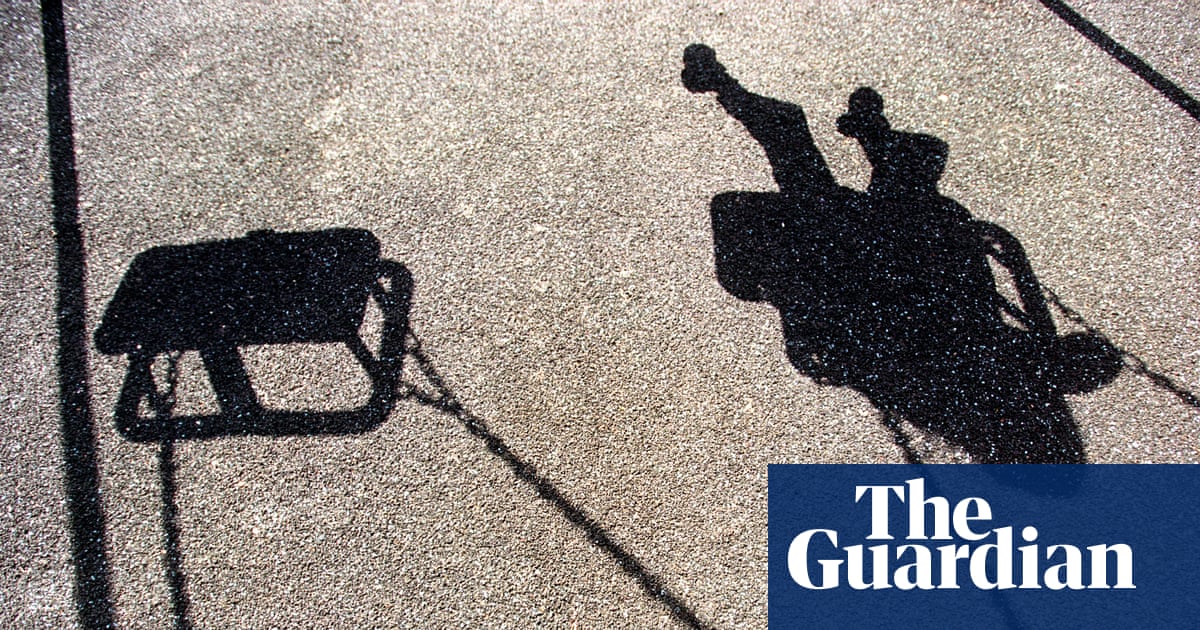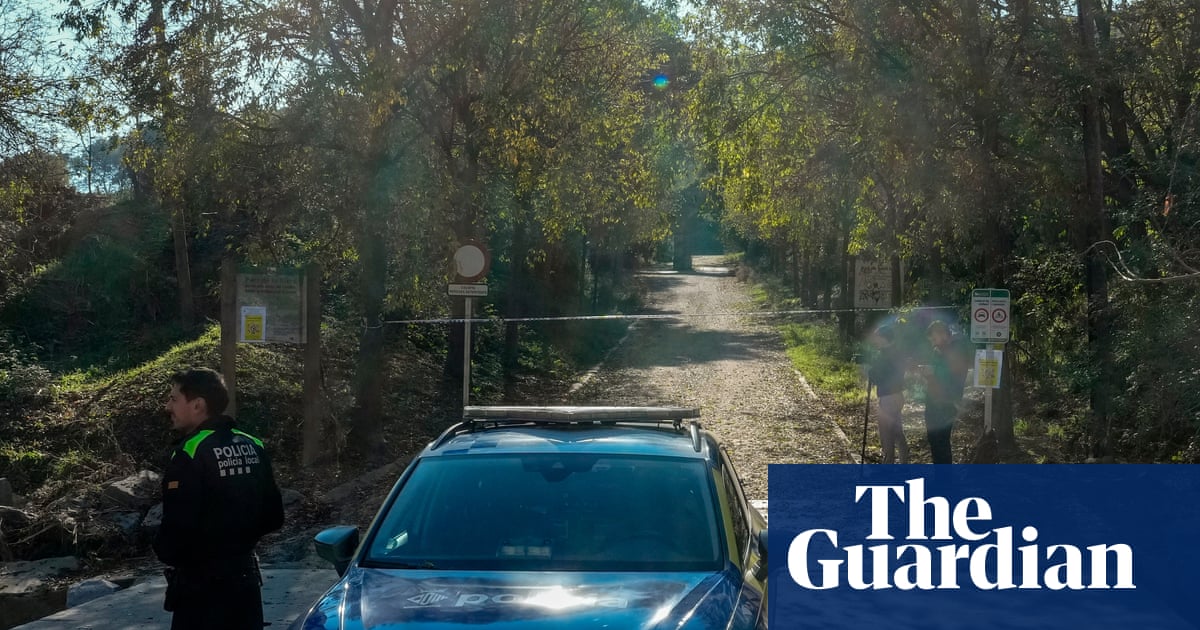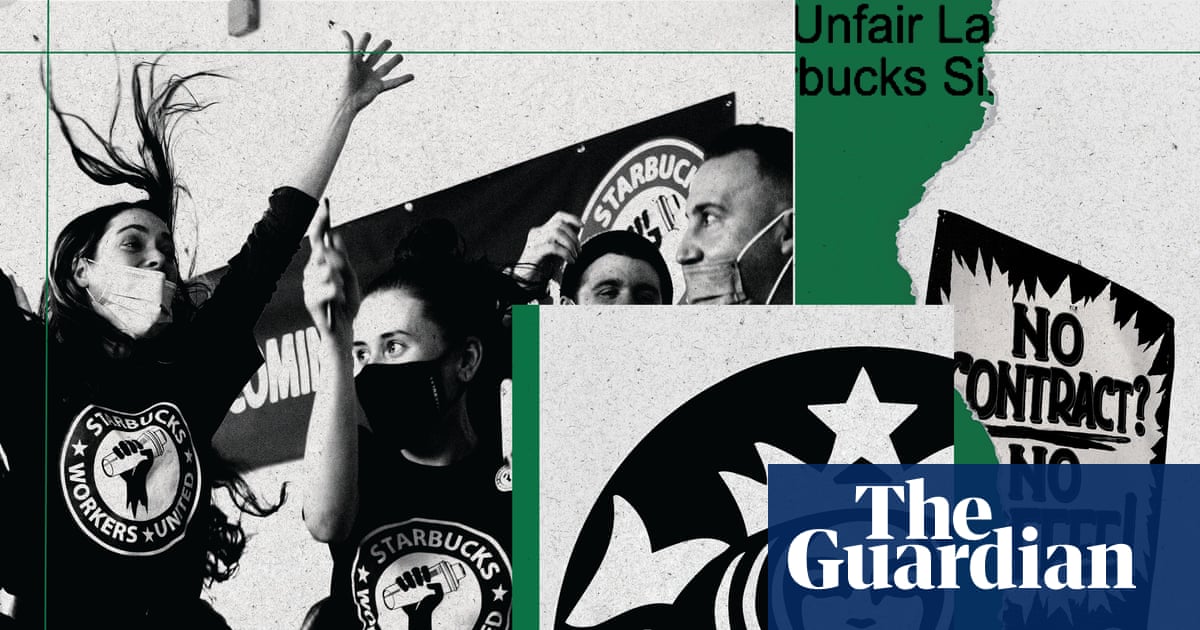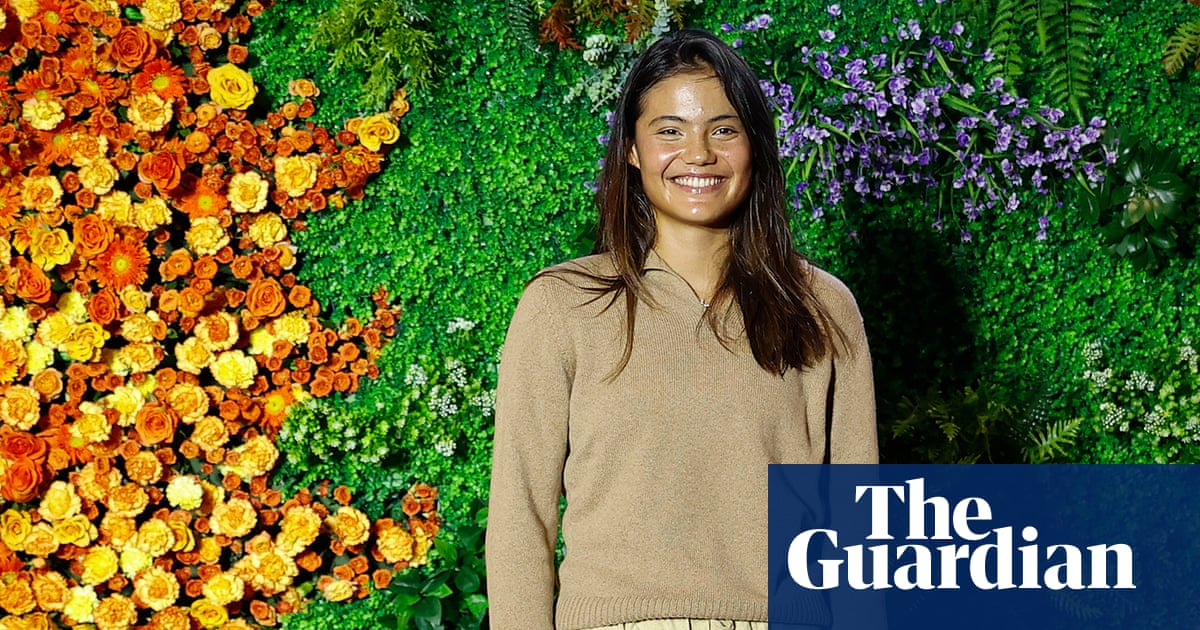I first encountered Cecilia a decade ago, as she was cycling through the streets of Bengaluru in India wearing a cape. I thought, who is this woman? I need to know her. She is 78 years old, and has become a dear friend of mine. She has always defied conventions of age, gender and femininity. In fact, when I was attacked on the street and wanted to speak out about gender violence, Cecilia was the first person I turned to.
She has always dressed in bold and unconventional ways – often poking fun at my more restrained dress sense. Her style, humour and sheer presence bring a vibrancy that cannot be fabricated.
I have taken about 100 photographs of Cecilia in her home; and she always wears her own clothes. Our process is intimate and playful. Whenever she feels like posing, we come together and an image is made. What began as a personal activity between friends grew into an archive that is deeply political and full of joy.
When I started a project about women’s safety in public spaces in India, Cecilia was the natural face of it. Without hesitation, she agreed to be part of the work. The project, which I called Cecilia’ed, grew out of my interest in questions around feminist geography and how neighbourhoods and streets – often labelled as “unsafe” or inaccessible for women – are shaped by societal norms, collective behaviour and longstanding attitudes toward gender. Bengaluru is the third most unsafe city in India for women.
after newsletter promotion
Instead of simply critiquing exclusionary practices, I wanted to intervene directly in the spaces that mark women’s presence as unwelcome, turning those encounters into moments of disruption and possibility, using the pull of celebrity culture to bring awareness to the project.
Using police data I identified streets in Cecilia’s neighbourhood where women had been harassed or attacked, and staged symbolic reopenings, where Cecilia was the “celebrity” who cut the ribbon. Crowds would gather. I made merchandise, such as matchboxes, with Cecilia’s image on them, and handed them out to encourage people to look into the project. I wanted to make her a kind of “local hero”, using the language of celebrity culture to shift power dynamics and draw attention to the absurdity of exclusion.
I involved other women in the neighbourhood, holding workshops where they discussed their experiences. Together we went to shady bars, where we were challenged by men about our presence, but that enabled us to start conversations; and we showed videos with anecdotes from the women in male spaces such as barber shops so that messages about gender violence were spoken aloud in spaces where silence had long prevailed.
Through Cecilia’ed, I reclaim spaces alongside Cecilia, who embodies a fearless refusal to conform. The project is ongoing. It is not only about questioning gendered inequalities but also about celebrating friendship, vitality and the freedom to live – and to be seen – on one’s own terms.
-
Indu Antony is a multidisciplinary artist based in Bengaluru and Kerala in India. She is passionate about community work and has set up two community art centres. induantony.com; instagram.com/induantony/

 2 months ago
60
2 months ago
60


